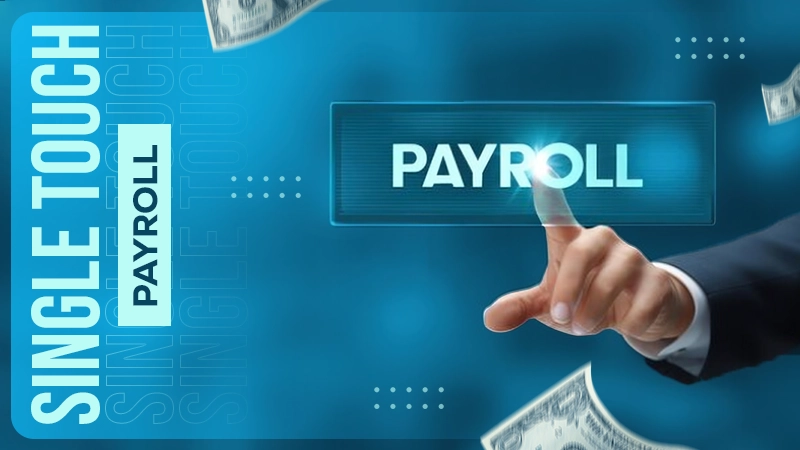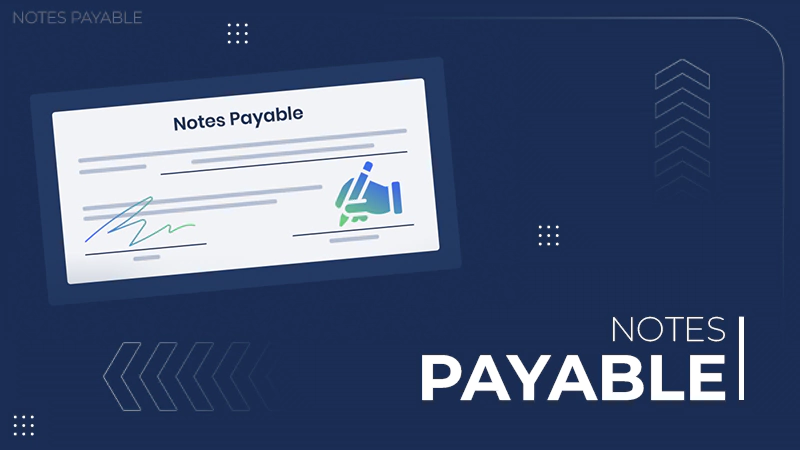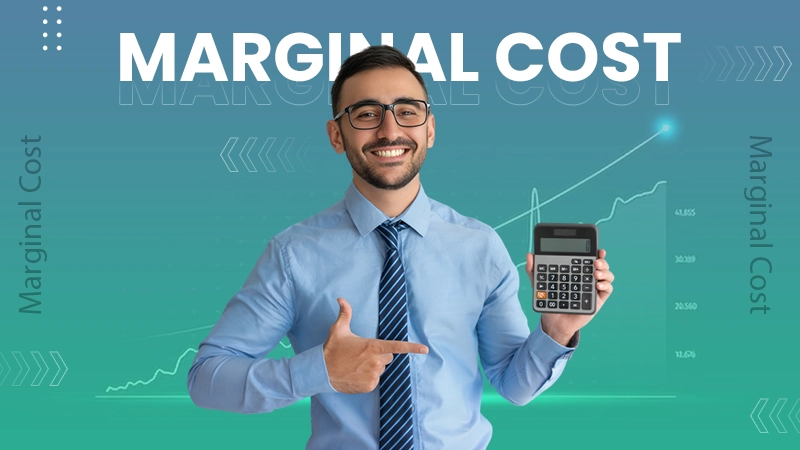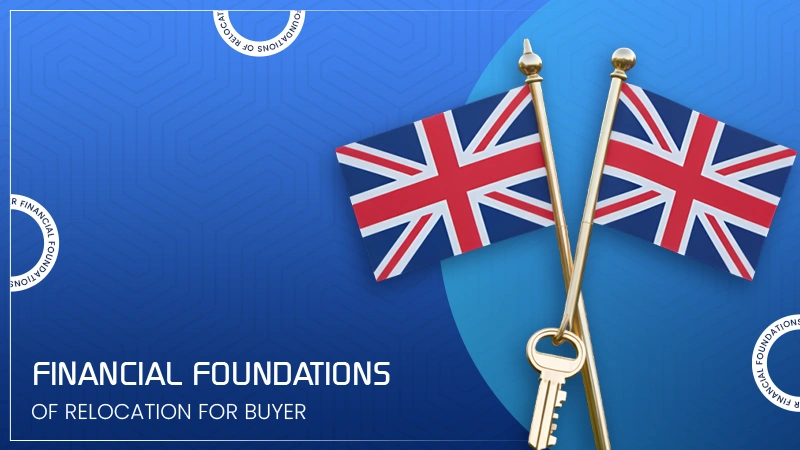No, the United States doesn’t have a value added tax. Unlike most countries, the US uses the retail sales tax, which is applied at the state and local levels.
“From groceries to new gadgets — VAT contributes a lot to your everyday bill receipts.”
But do you really know, “what is VAT tax?” The value-added tax is an indirect tax collected at each stage of production and sale. It is included in the prices you pay every day, like clothes, beverages, and travel expenses.
That’s why it is crucial to have essential knowledge about VAT taxation, including who is responsible for paying the tax, its advantages, and disadvantages. So, dig deeper into this write-up for in-depth guidance to determine your tax liability based on your nation’s policies.
What is VAT (Value Added Tax)?
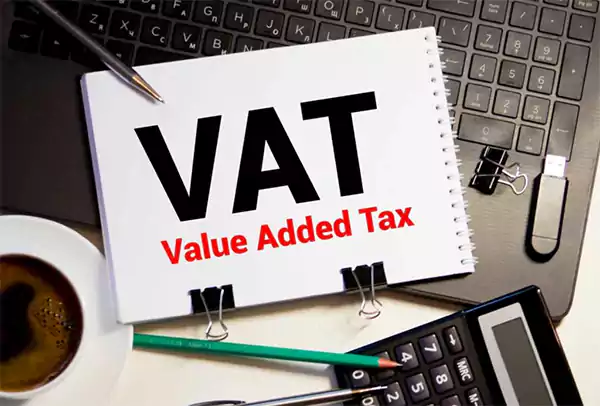
Value Added Tax is an indirect consumption tax levied on products and services at every single stage of the supply chain — from production to final sale. It is assessed by more than 170 countries, including all nations in the European Union, except the United States. This taxation is also known as the GST (Goods and Services Tax) in many countries.
Notably, VAT rates can vary significantly between countries, ranging from 12% to 20%. The tax is ultimately paid by the customer but collected by the businesses and remitted to the government.
However, it is important to note that VAT is a flat tax, meaning it applies equally to all products and is not based on an individual’s income, unlike the luxury tax. The primary reason for implementing this tax system is to generate revenue for the government’s public services and to regulate the economy.
Now, dive deeper into the next section to explore who is eligible to pay VAT in great detail.
Who Needs to Pay VAT (Value Added Tax)?
Businesses, traders, and consumers are required to pay value added tax in all countries. Most companies are responsible for registering, collecting, and remitting taxes to the government, whether they are residents or not.
The customer is subject to paying taxes at the final stage of consumption. Unlike business owners, who recover VAT from the end user, who is responsible for bearing the full cost.
In many countries, registered businesses serve as intermediaries for the tax authority. They collect “output VAT” from all stages of the supply chain and pay “input VAT” on their business purchases. As a result, the difference between the two amounts is remitted to the legal authorities.
How Does Value Added Tax Work?
As you noted above, the consumer or end user paid the ultimate cost, and businesses collect and remit VAT to the government.
Let’s understand this process with a detailed example to learn how VAT works.
Example: The manufacturing company produces and sells chocolates named “Caramel” in the “Alexa” country. Now, calculate the VAT imposed on the Alexa.
Step 1: The manufacturer sells chocolates to the retailer at the 10% VAT rate for $100.
Total amount with VAT calculation: ($100 x 10%) + $100
$10 + $100
$110
Remittance: $10 is payable to the Alexa government.
Step 2: The retailer pays $110 to the manufacturer. Now, they sell the finished product to the customer for $200.
Input VAT paid: The retailer paid $10 to the manufacturer.
Output VAT charged: ($200 x 10%) for a $200
$20
Remittance: ($20 – $10) = $10 is paid to the government because the retailer deducts the prior VAT charged by the manufacturer.
Step 3: The customer buys the chocolates for $200 with 10% VAT tax.
Total amount paid by the customer = ($200 x 10%) + $200
$20 + $200
$220
Government Revenue: The Alexa government has collected the total VAT tax of $20 ($10 from the manufacturer and $10 from the retailer). However, the overall VAT taxation is paid by the final consumer.
How to Claim a VAT Refund?
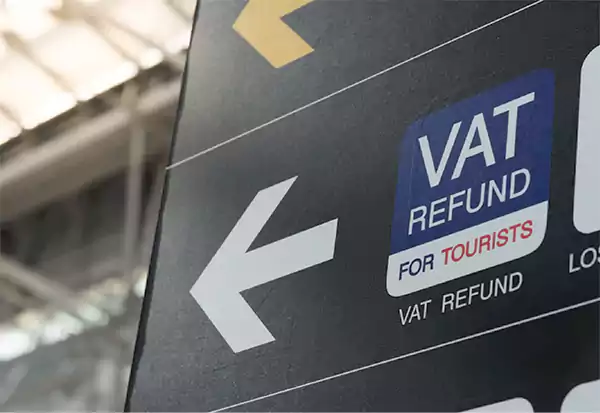
You can only claim a value added tax refund as a non-resident or an international tourist shopping abroad. It involves proper documentation and specific criteria to get a refund.
While hotels, meals, and tourist attractions don’t qualify for VAT refunds, clothes, jewelry, electronics, perfumes, cosmetics, and artisan products are commonly refundable in most countries.
However, the new and unused items with original receipts are allowed for tax-free shopping. There are several methods to get a refund and save your hard-earned money as an international tourist.
Go to the tax-free stores
Prove your non-residency by showing your passport, and enjoy tax-free shopping only at stores that are associated with the value added tax refund program.
Get your VAT refund from the customs office
When you depart the country, go to the customs office at the airport, train, or border crossing before leaving. There, you have to fill out the necessary paperwork, including the complete VAT refund form, and verify your shopping items.
Afterward, you will receive a refund amount at the port once the customs officer stamps on your form. In some cases, the VAT refund is mailed to you in your domestic currency.
Value Added Tax Vs. Sales Tax: What’s the Difference?

Although the value added tax and sales tax are both consumption taxes, they are calculated differently in the production and sales cycle. VAT is calculated at every single stage; on the other hand, sales tax is only collected once.
If you are still intrigued about the difference between these two taxes, look at the breakdown table for in-depth guidance.
| Feature | Value Added Tax | Sales Tax |
| Collection | It is collected at all stages of production, distribution, and retail. | The tax is collected only once at the final point of consumption. |
| Taxpayer | Businesses collect tax from customers and remit it to the government. | Retailers collect tax from the end user and remit it to the tax authority. |
| Tax Burden | The entire burden is on the consumer. | The economic burden of the tax falls on the final consumer. |
| Tax Rates | Consistent and the same tax rates in the whole country. | Tax rates may vary in different states, cities, and counties, and change frequently. |
| Tax Auditing | The multi-stage collection makes it more difficult to audit every transaction. | The final and single point of collection makes it easier for tax auditing. |
Pros and Cons of VAT Taxation
The value added tax generates revenue for the government, but it also places an economic burden on customers. Therefore, the VAT taxation has some advantages and disadvantages, just like a coin has two sides.
Here are the benefits and drawbacks of the VAT.
The Bottom Line
The above-mentioned information might be helpful to guide, “What is VAT tax?”
Value added tax is an indirect and comprehensive consumption tax collected at all stages of production, distribution, and consumption. The entire tax is imposed on the goods and services and paid by the final user, i.e., the customer.
If you encounter difficulty in calculating or managing VAT taxation, you can invest in hiring tax outsourcing services. Their team of experts effectively determines your tax obligations and prevents you from violating tax rules and regulations.
